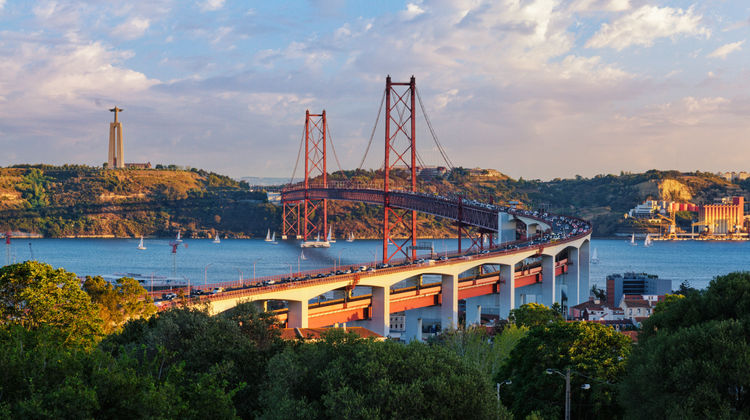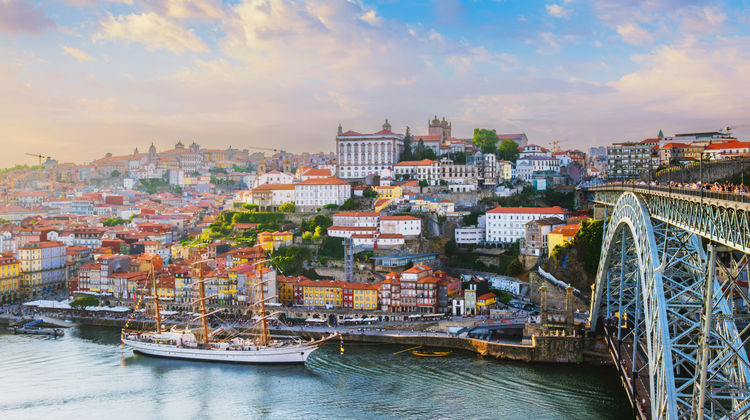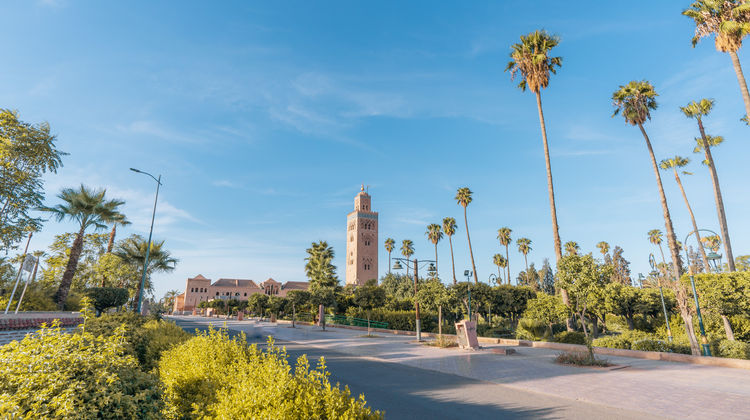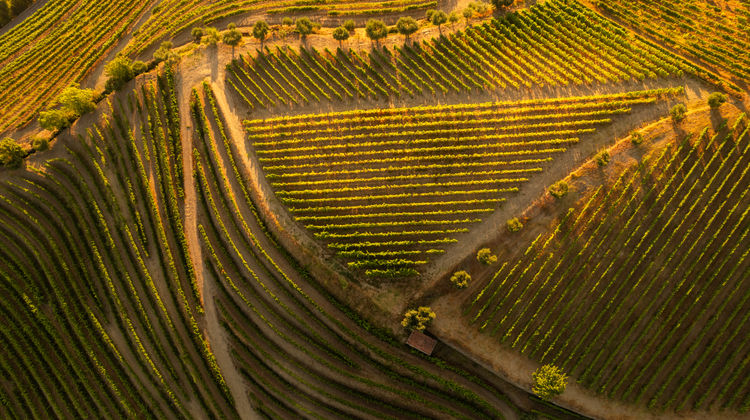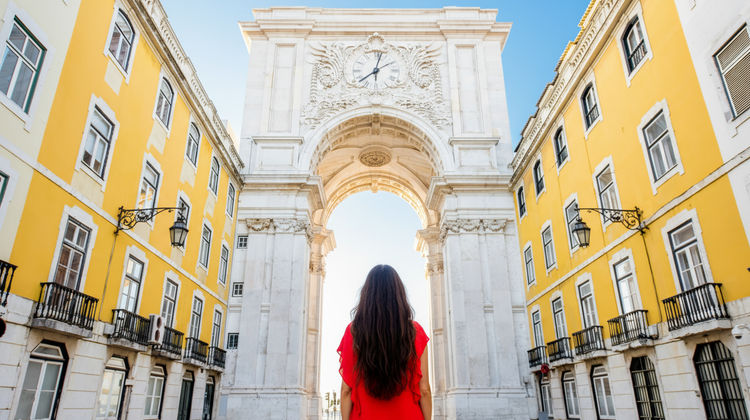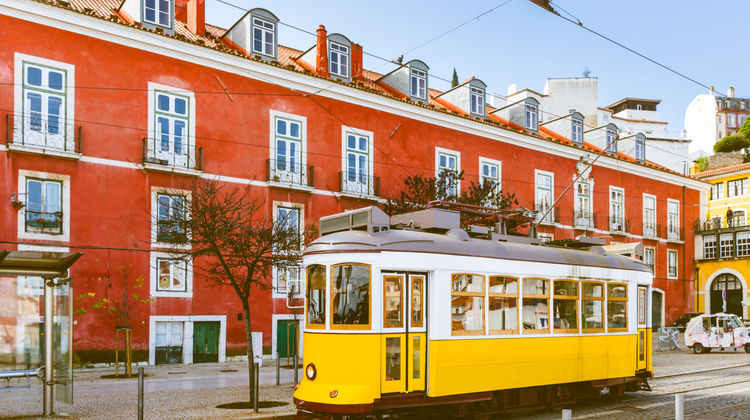Lisbon's Architecture Wonders: A Guide to Portugal's Iconic Structures
Lisbon, Portugal is home to a wide variety of architectural styles that create the most impressive and unique buildings. For art lovers, the best thing about Portugal's capital is that art is available everywhere, and sometimes it costs absolutely nothing to get to discover and enjoy. Lisbon was one of the few European capitals that escaped the bombings of World War II, which led to the big push for the preservation of several architectural styles from this era. Join us on an exciting virtual tour around Lisbon's most dramatic buildings, highlighting the Pombaline and Manueline facade styles, and the luxurious Baroque interiors.
Keep reading for an amazing journey through the architectural marvels of Portugal's capital city, Lisbon:
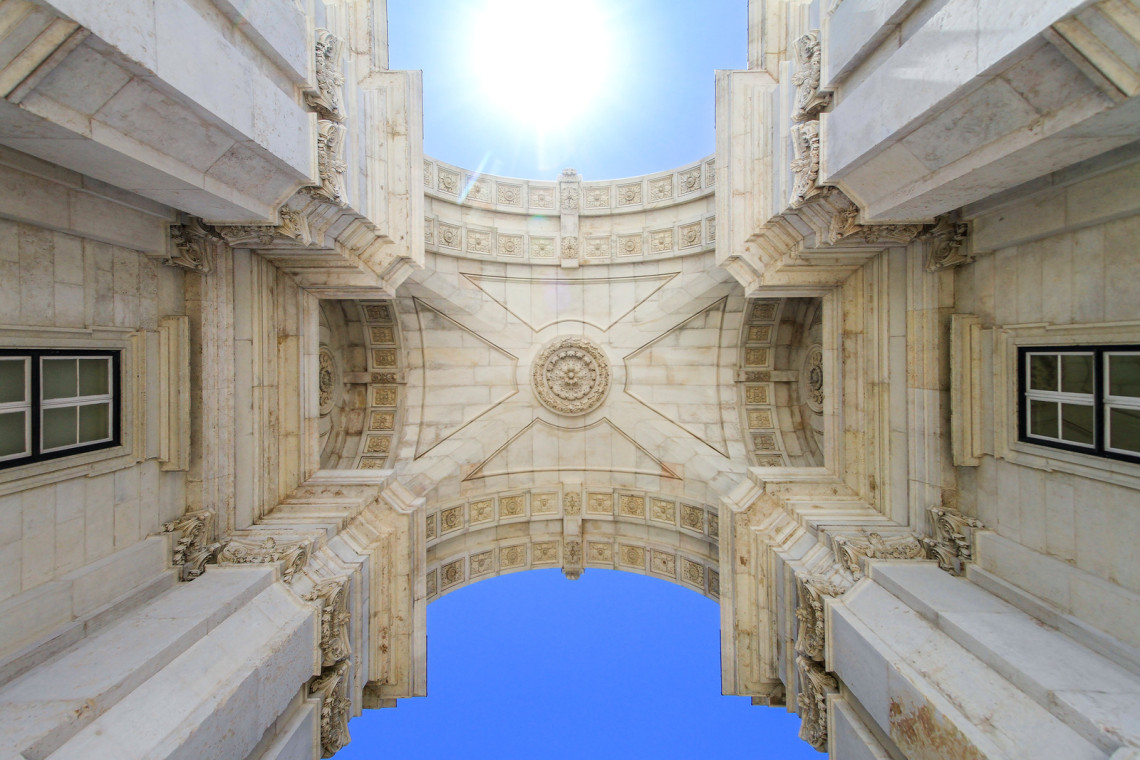
1. Praça do Comércio (Commerce Square)
Stroll around Praça do Comércio for a view of Tejo’s south margin and one of the best pieces of artwork in Portuguese history. This bright and yellow plaza is never empty, as there is always someone there, admiring its beauty and amazing architectural gems. After the royal family left the São Jorge Castle, a royal palace was built here at the Terreiro do Paço. However, it was sadly destroyed by the terrible 1755 Lisbon earthquake, which devastated the majority of the capital city of Lisbon.
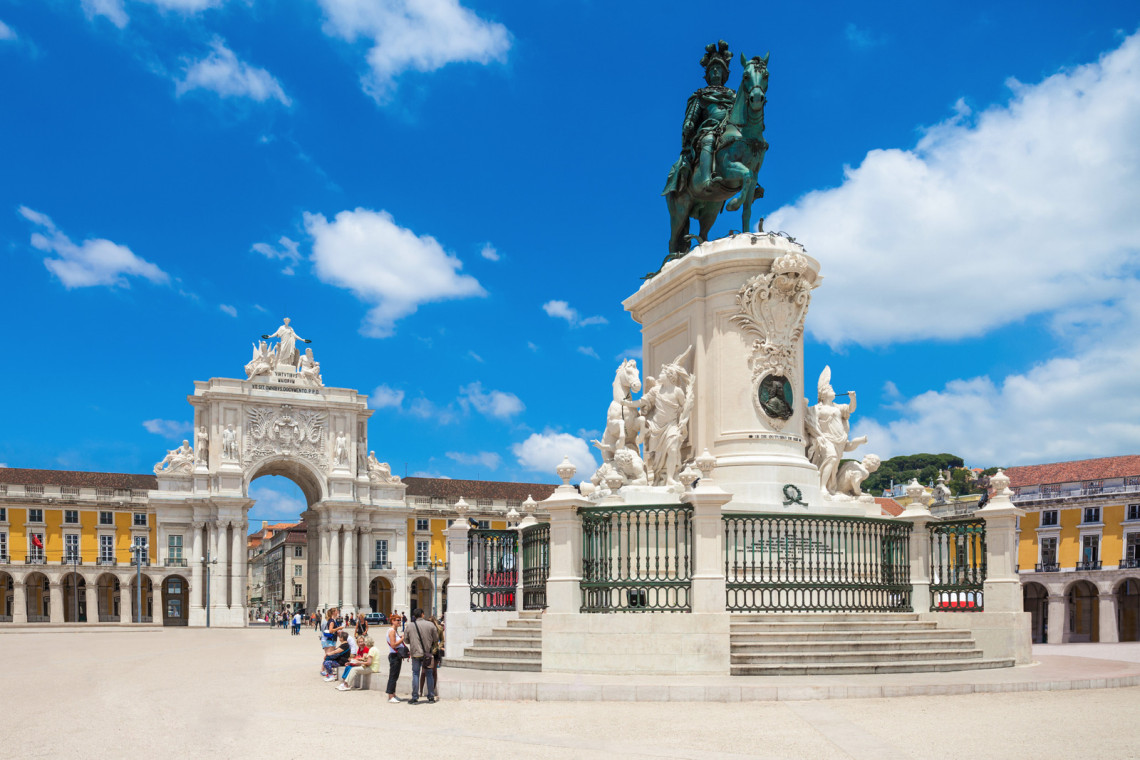
The only way to know how Lisbon looked before this natural disaster is to visit its museums, which each provide a unique window into the city's past. After the earthquake, the old Praça do Comércio was crowded with people who thought an open space was the safest place to be, but they were surprised as the Tejo River charged the city to descend upon them and two raging tsunamis overtook the city.
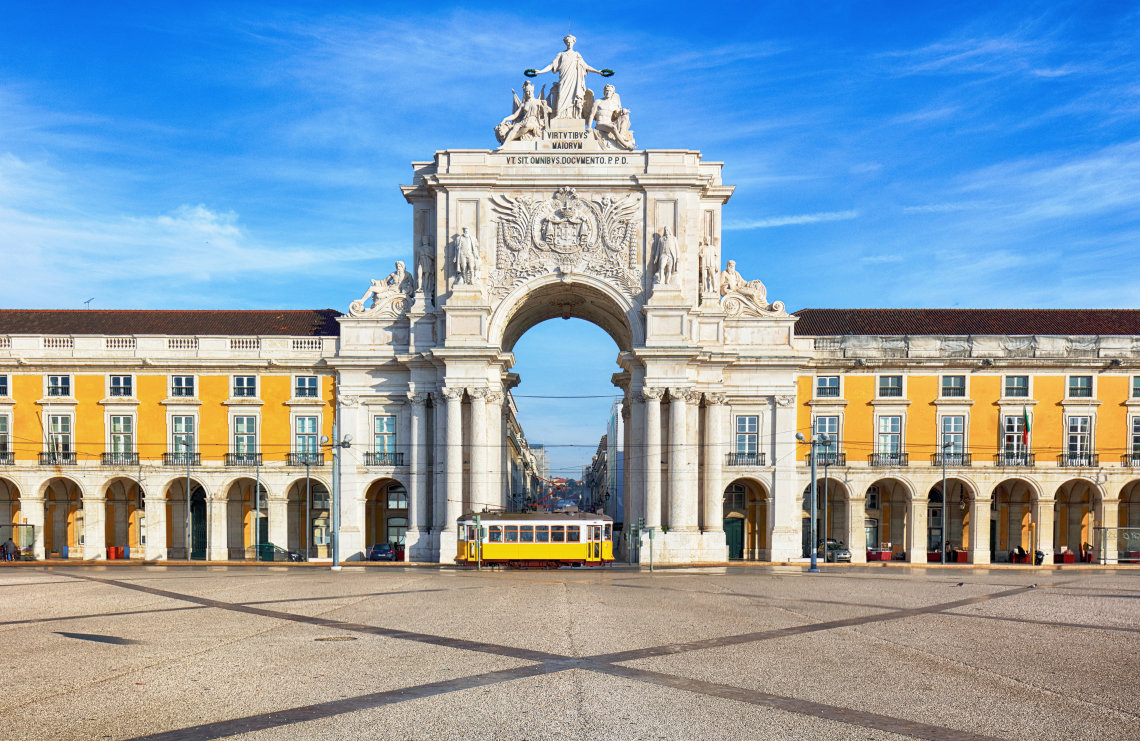
Today’s Praça do Comércio is home to the incredible Rua Augusta Arch, a triumphal and glorious arch built as a commemoration to celebrate the city's fast recovery and reconstruction after the 1755 disastrous earthquake. The famed landmark features 6 columns (the highest of which is 11 meters tall) and several historical figures and statues, as well as some mythical figures that serve as a metaphor for the Portuguese people's strength, resilience, and achievements.
2. Estação Gare do Oriente (Gare Oriente Train Station)
It’s quite uncommon to find such a spectacular bus and train station as the Gare do Oriente, which was built in the newest area of Lisbon. It was renewed for the Expo 98 and has a maritime theme of design that is perfectly portrayed in the station’s wavy beams. Then, as you enter the gare, a pleasant mix of Gothic and Modern art creates an equally unique vibe.
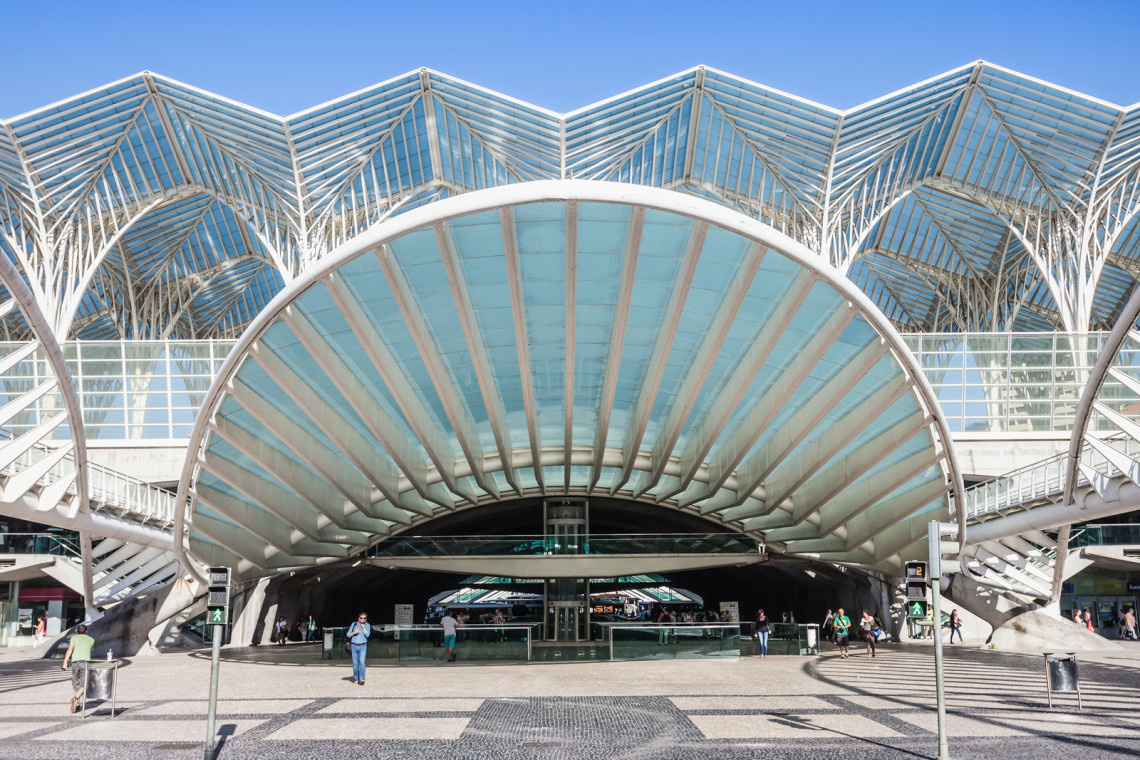
While in Oriente, make sure you don’t skip the Parques das Nações area, one of Lisbon’s most modern and contemporary neighborhoods. Sit peacefully down by the riverside and enjoy the view overlooking the majesty of Europe’s longest bridge crossing the Tejo. The Parque das Nações is also home to some of the most noteworthy residential, leisure, and commercial hotspots in town.
3. Estação Ferroviária do Rossio (Rossio Railway Station)
Visitors traveling to Lisbon who are interested in design will surely want to check out Rossio Station to appreciate its magnificent Neo-Manueline architectural style, which was highly popular in the country in the mid-19th century and early 20th century.
Pro tip: Pass by this stylish landmark at night so you can see the evening magic of the building when it's illuminated in its full splendor.

The Neo-Manueline style was the Portuguese version of Romantic European architecture, and in Portugal, its main feature was the fact that it assumed a nationalist purpose and attributed personality and great character to many public buildings. A stop at Rossio Station may also be en route for you already if you’re planning on going from Lisbon, Portugal to Sintra by train, as this is exactly the station that will be the starting point of your journey.
4. Igreja de Santa Maria Maior, Sé de Lisboa (Sé Cathedral)
Lisbon’s Sé Cathedral is a beautiful and powerfully emblematic Roman Catholic temple in Lisbon, Portugal, and the city's oldest church. Built in 1147, after the Christian reconquest, Sé has survived many earthquakes and has gone through several restoration works, which have led to its unique architectural signature: a mix of Romanesque, Gothic, and Modern styles.
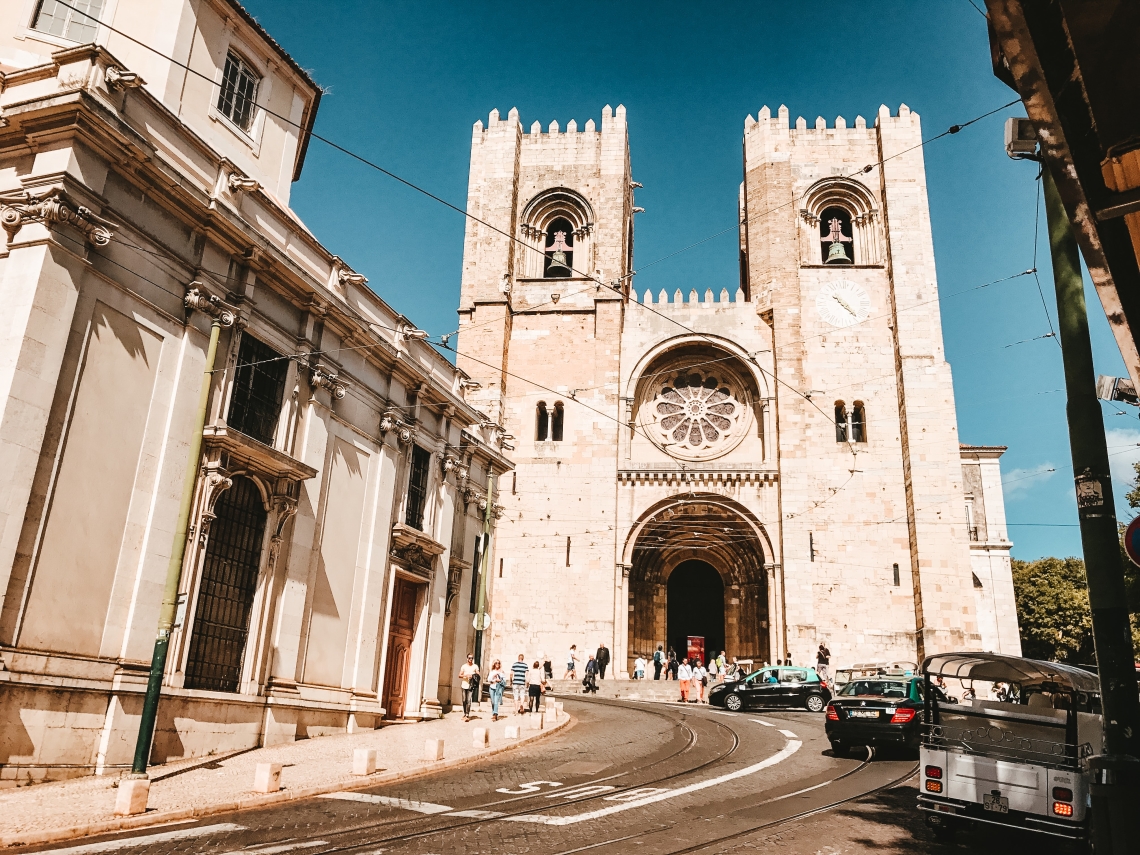
5. Panteão Nacional (National Pantheon)
The old Church of Santa Engrácia, now housing the National Pantheon, is an icon of the city's landscape due to its eye-catching dome. First constructed in the 16th century – and vandalized only 30 years later – the reconstruction process of the building took over 300 years to complete. It is now hosting the country’s most prestigious figures and should be a can't-miss stop to be visited by avid art lovers especially. Visitors to this treasure in the capital city of Lisbon will find its Baroque architecture paired with Greek-inspired decor.
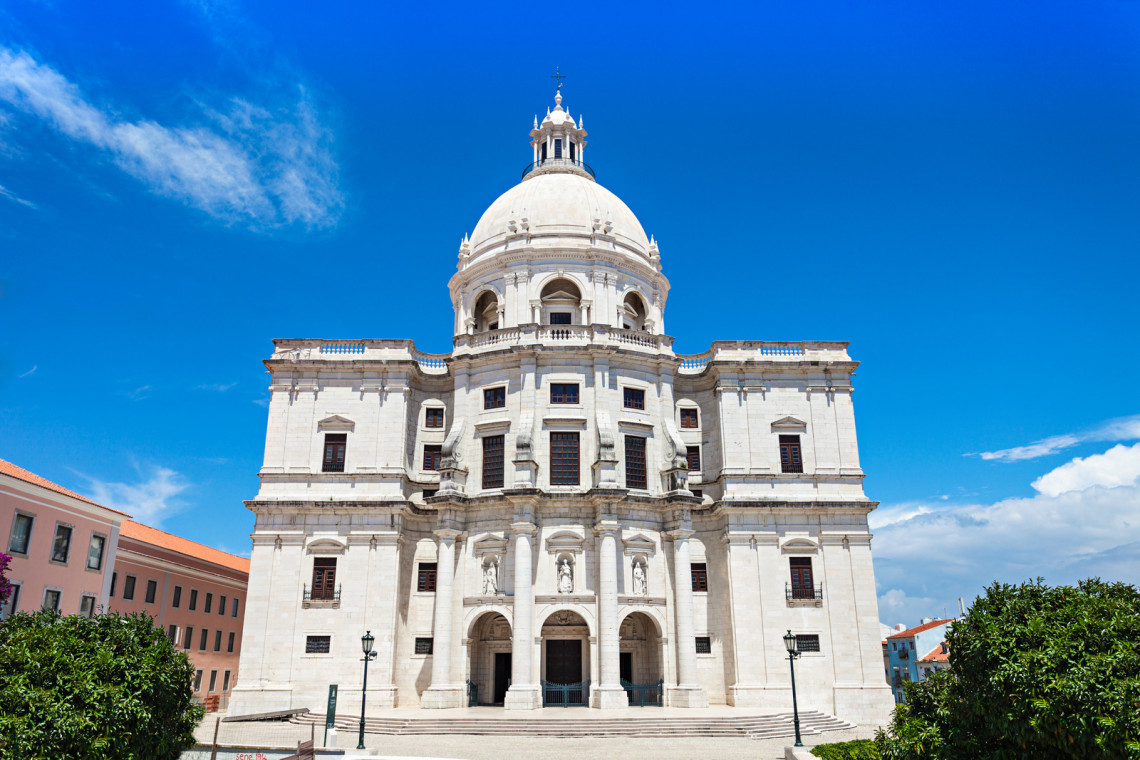
6. Igreja e Mosteiro de São Vicente de Fora (Church and Monastery of São Vicente de Fora)
Along with the ancient Church of Santa Engrácia, the Church of São Vicente is one of Lisbon city's most eye-catching buildings. This marvel was originally built in the 16th century by King Philip II of Spain, who had become King of Portugal as well at the time. After an immense period of extensive renovations, the new features of this beautiful building include a façade that follows the later Renaissance style (or Mannerism), several statues of saints, two towers, Baroque altarpieces, and portals sculpted by the best Portuguese sculpture, an entrance decorated with some unique 18th-century tiles, and much more.
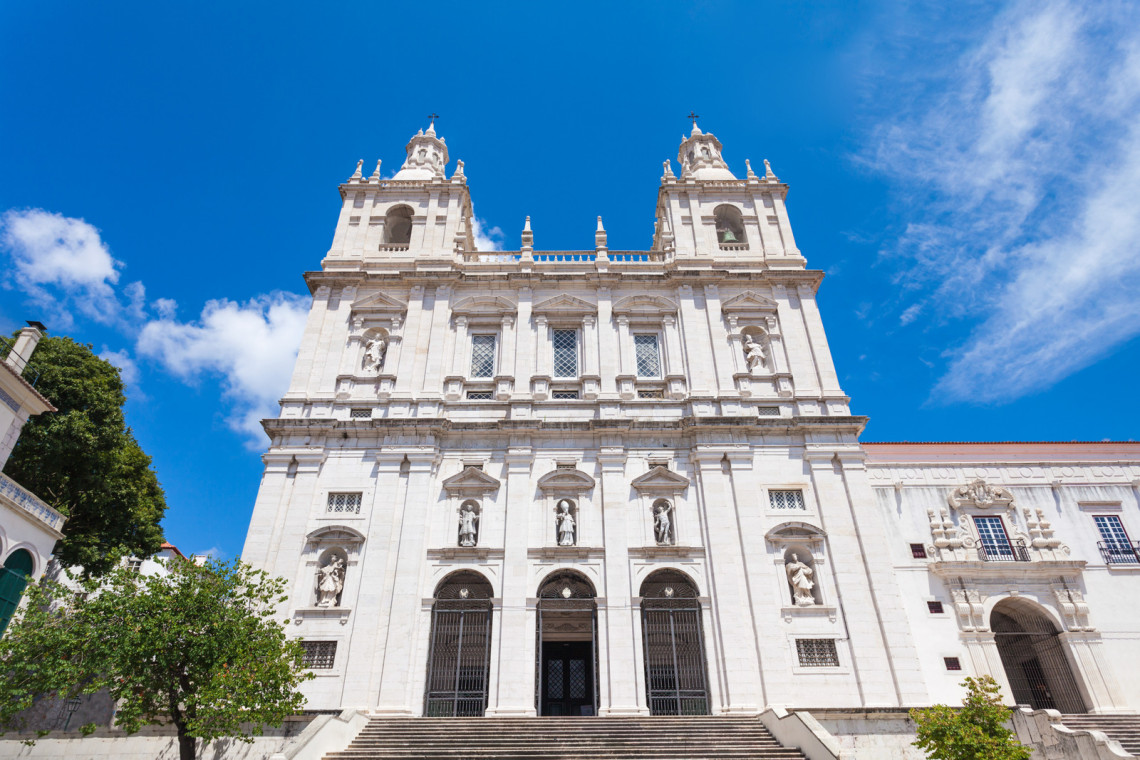
7. MAAT - Museu de Arte, Arquitetura e Tecnologia (Museum of Art, Architecture, and Technology)
MAAT, one of Lisbon’s newer buildings and most-visited museums, is located along the northern section of the Tejo River and features a whole new era of architecture. Within MAAT's walls is a new cultural center primed for the lively discussion of art, but what amazes visitors to this museum is its fascinating wavy-shaped roof that is covered with gorgeous white tiles, easily one of the coolest rooftops – and viewpoints – in the entire capital city of Lisbon.
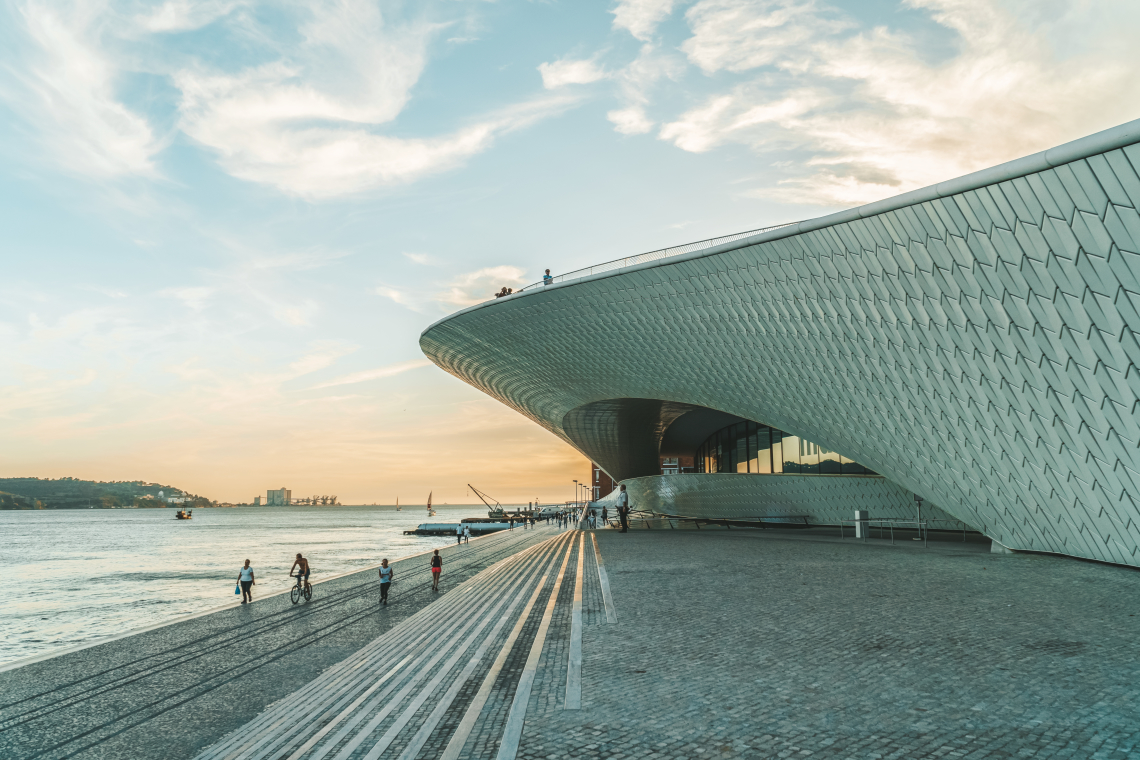
8. Fundação Champalimaud (Champalimaud Center Research for the Unknown)
Designed by architect Charles Correa and made possible by the Champalimaud Foundation – which is always on the cutting edge of science and modern architecture – this Lisbon gem is a true marvel. Veering away from the trend of the nationalist Manueline buildings so popular in its surroundings, the Research Center instead houses the lines and features of 21st-century architecture, thus blending itself seemly with Lisbon's buildings paying homage to the Discoveries Age.
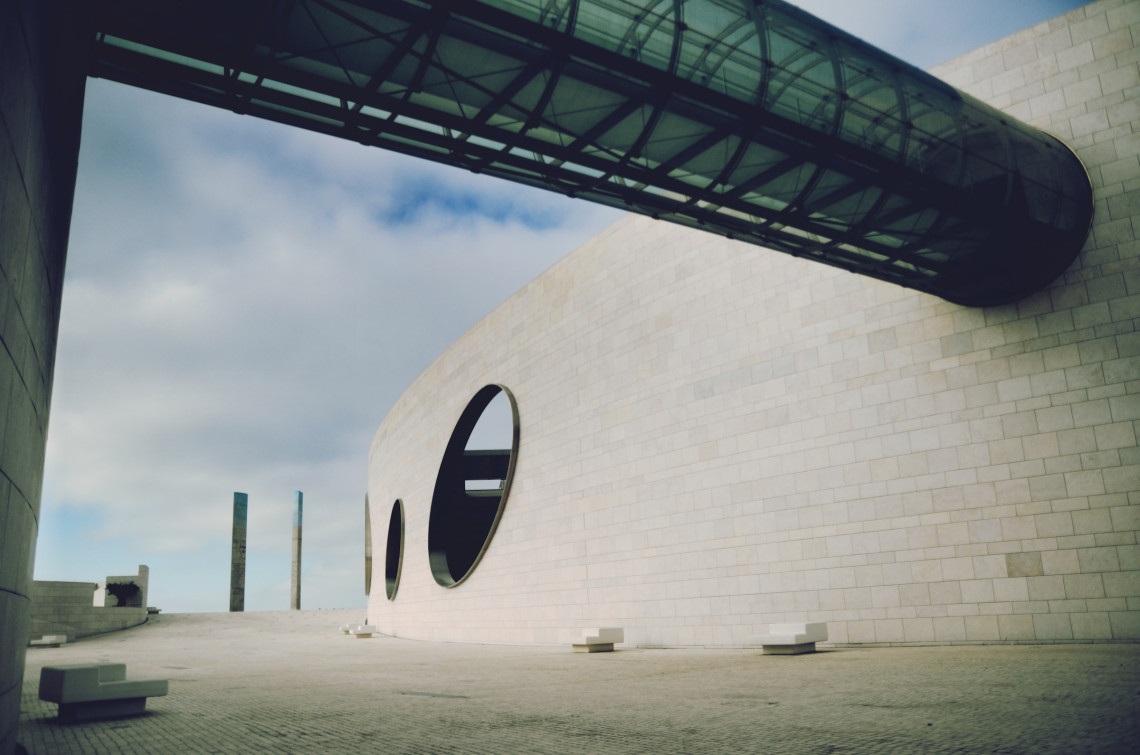
9. Ponte 25 de Abril (25th April Bridge)
The 25th April bridge is one of Lisbon’s main landmarks, which should come as no surprise as it spans the famed Tejo River and unites its two sides. A fun fact about this place of interest is that its main inspiration was San Francisco’s Golden Gate Bridge, a likeness which you will easily see right away when traveling to Lisbon and seeing it in person for yourself.
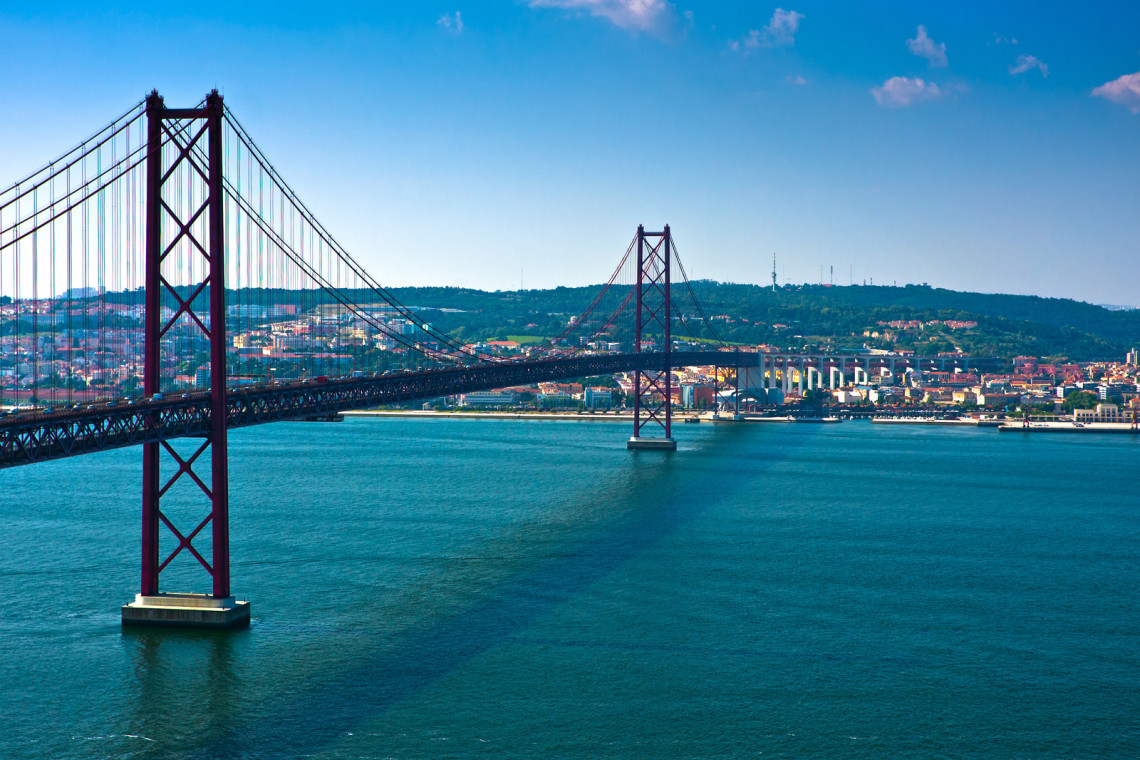
Built by the same bridge engineer who created the Golden Gate, Lisbon's version was inaugurated in 1966 under the name of Portugal’s dictator at the time. As the bridge stands well above the River Tejo, allowing cruise and container ships to pass easily beneath and enter the docks of Lisbon, a popular pastime is enjoying riverside views of the capital city while passing beneath this beautiful bridge.
10. Ponte Vasco da Gama (Vasco da Gama Bridge)
The Vasco da Gama Bridge is a cable-stayed bridge that spans the river over the Parque das Nações and is also Europe’s longest bridge over an expanse of water. As was the whole Park, the Vasco da Gama Bridge was built specifically for an unveiling at Expo 98.
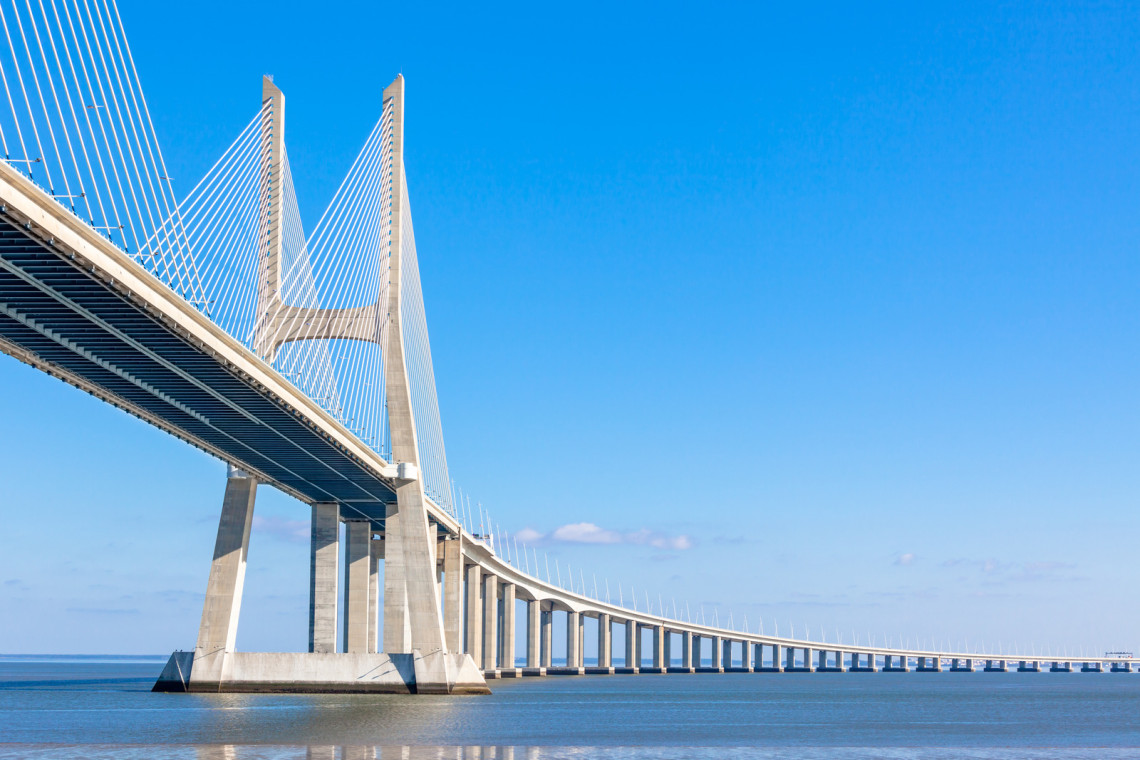
The bridge is said to have resisted an earthquake four times stronger than the one which devastated the city back in 1755, and it’s also the bridge that all visitors enjoying a road trip to Lisbon, will cross when entering, according to the World Travel Awards (2019), the ‘’best city break destination’’ in Europe!
Our expert travel planners and specialists can help you create the most excellent and customized Lisbon travel itinerary, so you can use your time to simply sit back and enjoy. We even have many Lisbon travel package specials to choose from that highlight what we have found to be the most popular and well-received itineraries for travelers to Lisbon with a variety of specific interests.
Are you already in love with Portugal? Take a look at our stress-free packages that allow you to book your ultimate Portuguese adventure. All our packages are carefully curated by our team of local Portuguese experts so that you don't need to worry about any details - just enjoy your trip!

